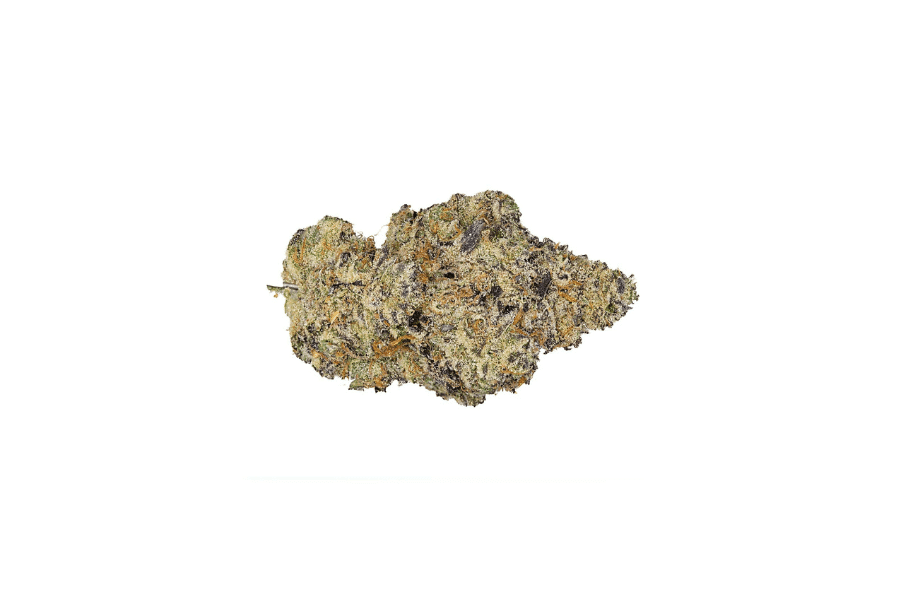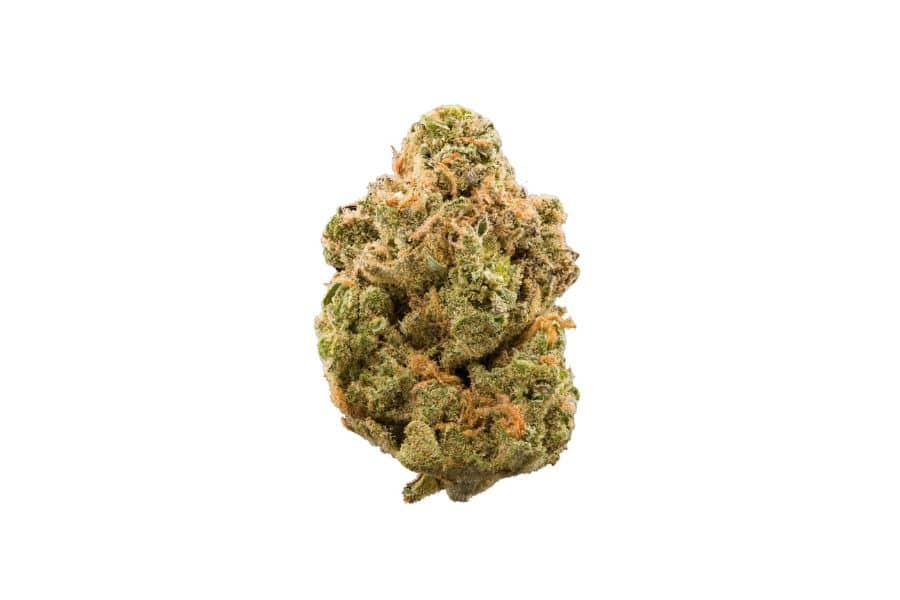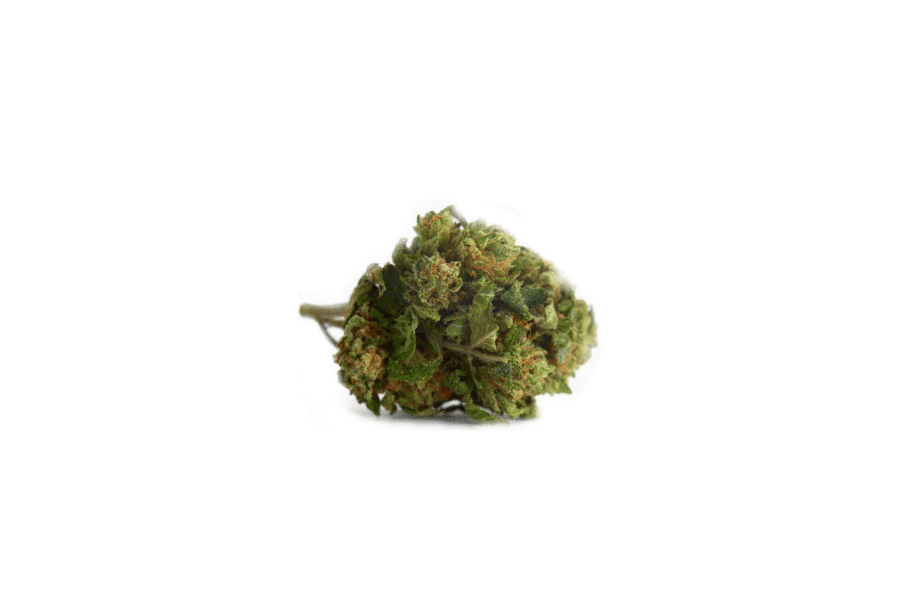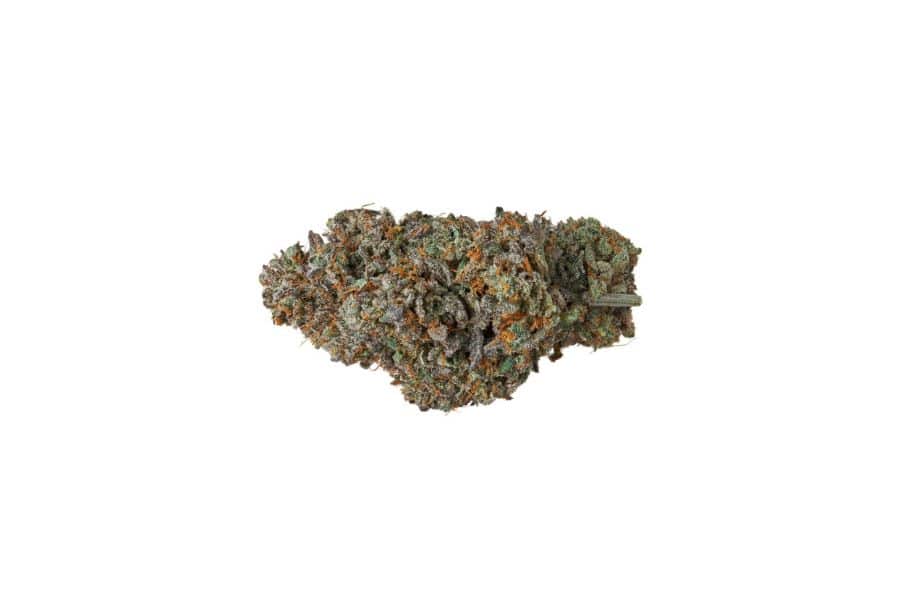Durban Poison
The information presented on this page is intended solely for descriptive purposes and should not be considered a review or medical advice. The actual effects of the cannabis strain may vary. It is important to use marijuana responsibly. We recommend that you consult a healthcare professional before adding cannabis to your health regimen.
Quick info
CBD
1%
THC
18%
Effects & Usage
Benefits
Durban Poison is a mesmerising gem created from a South African sativa landrace. On average, this pure sativa boasts 16-22% THC, offering users an exhilarating cerebral high with almost no body effects. Instead, its action can be characterised by immense waves of energy and creativity that enable the users to achieve the impossible.
Onset
Durban Poison’s swift and potent onset starts with amplifying your senses. You will instantly become more aware of your surroundings and experience a spacey, happy high taking over your mind. This active mind buzz will give you plenty of fresh ideas and inspiration, which is excellent for creative endeavours. At the same time, with its big energetic boost, you can also tackle long, mundane tasks that you previously postponed.
With a high amount of terpinolene and strictly sativa genetics, this strain’s effects are limited to your head without affecting your body. Therefore, you don’t need to worry about couchlock or any laziness. As such, this is a great wake-and-bake strain that can replace your morning espresso, allowing you to start the day positively. You can also use it any time of the day when you need a little extra energy.
Apart from being great for work, Durban Poison can act like social glue in gatherings – facilitating great conversations and laughter, making the users more at ease.
For another highly cerebral experience, try out Sour Diesel or Green Crack. You may also want to check out our extensive strain library for more strains like Durban Poison.
Uses
Durban Poison’s strength primarily lies in addressing mental health conditions. Its happy buzz can be useful in temporarily removing symptoms of depression, anxiety, and stress. Individuals with ADHD will particularly appreciate the increased ability to concentrate. Durban Poison will also be a good remedy for fatigue thanks to its energising limonene.
Moreover, the strain can relieve pain and its perception in conditions like migraines and chronic pain.
Side effects
Durban Poison consumption’s side effects are usually mild and limited to the mouth and eye dehydration. Paranoia and anxiety are rare but can still happen in sensitive users or those with mental health conditions. Therefore, always use the strain responsibly – start with small doses and then gradually increase them if needed.
Refrain from smoking Durban Poison too late in the evening, or it may keep you up till morning hours.
Taste & Smell
Durban Poison’s beautiful nature is revealed at the first whiff. You can expect a distinct, pungent smell that will make you think of a spicy, herbal tea. This blend of sweet, earthy, and spicy notes perfectly brings to mind the African plains from which it originated. The flavour is equally complex and captivating – with prevalent vanilla, anise, lemon, pine, herbal, and spicy notes yet again. The combination results in a delightful creamy smoke, leaving a sweet, citrus-like aftertaste behind.
As for the plant’s appearance, it boasts big, chunky buds covered in plenty of trichomes and resin, which makes the flower extra sticky.
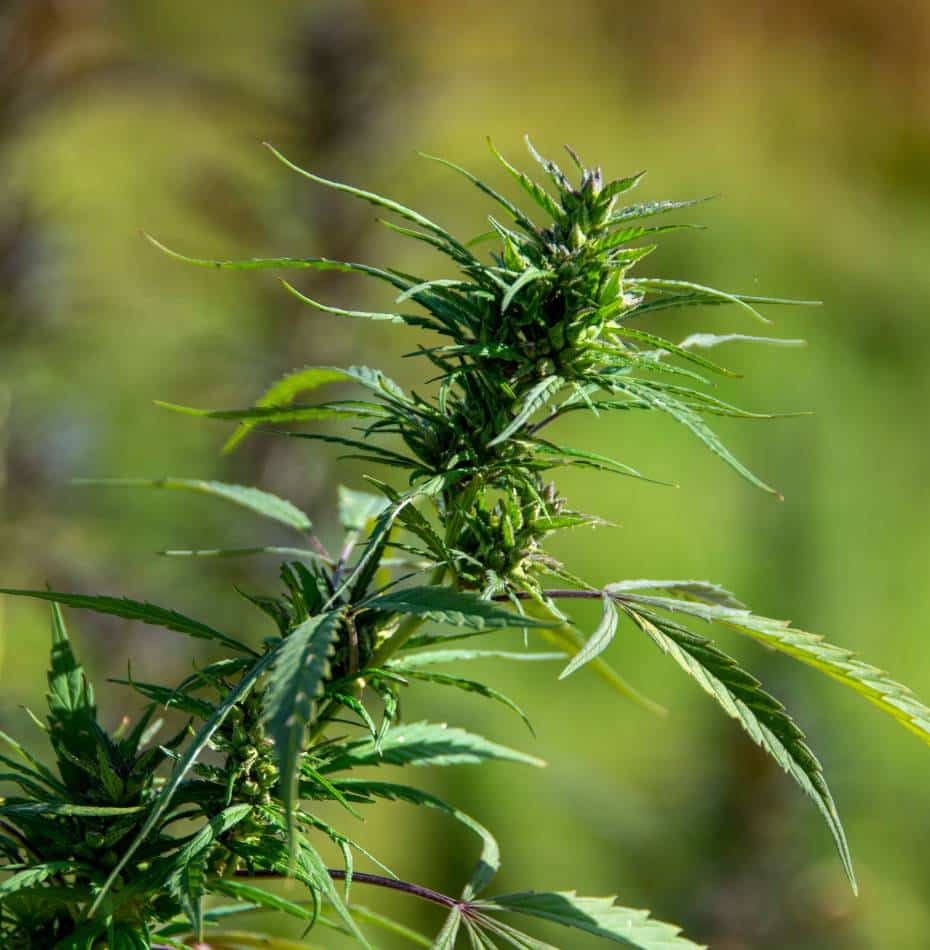
Origins
Hailing from the sun-drenched shores of South Africa, the strain proudly represents its roots in the city of Durban. In the 1970s, an American cannabis enthusiast Ed Rosenthal came across a local sativa landrace during his travels. Recognising its potential, he brought seeds back to the United States, where they were crossbred and refined to produce the globally famous strain we know today.
Growing conditions
Growing Durban Poison should be easy enough as long as you have ample space. This tall sativa tends to shoot up even over 2 metres high. Due to its landrace origins in South Africa, it prefers to be cultivated outside in a warm, sunny climate, similar to its native. Therefore, it can be a great choice for outdoor growers in Thailand. However, growing it indoors should be possible, too, if you can mimic the hot, sunny environment.
Within 9 weeks, you can expect your plants to flower, providing around 350 grams per square metre indoors and 450 grams per outdoor plant.

